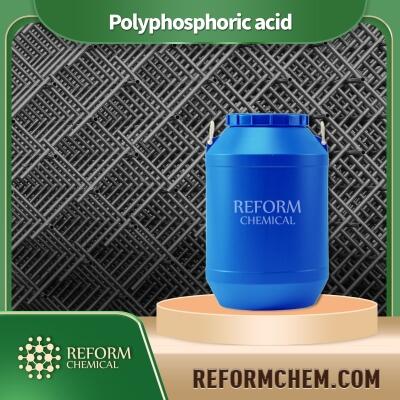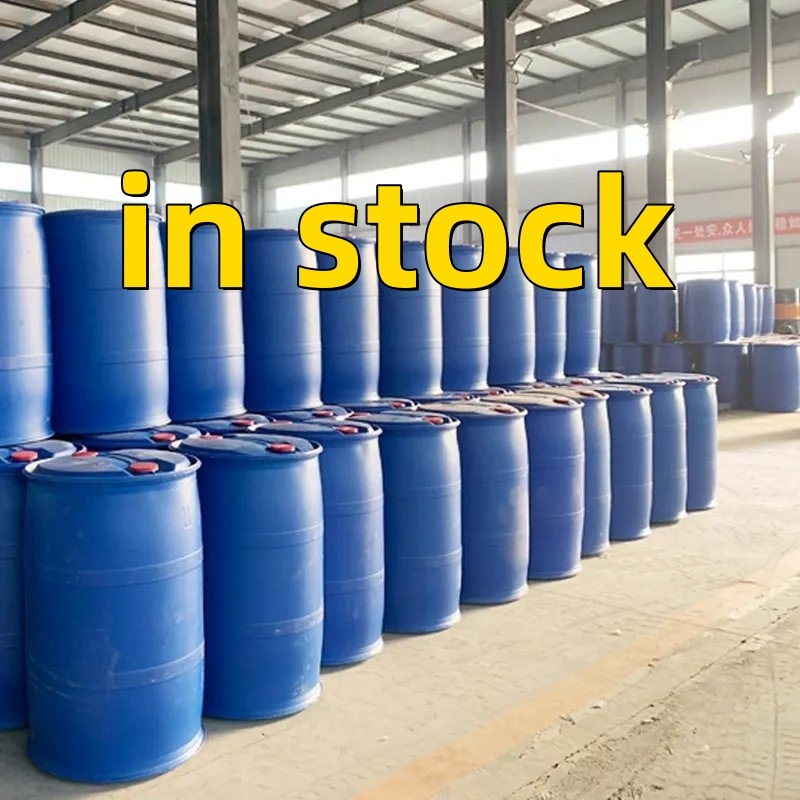-
Categories
-
Pharmaceutical Intermediates
-
Active Pharmaceutical Ingredients
-
Food Additives
- Industrial Coatings
- Agrochemicals
- Dyes and Pigments
- Surfactant
- Flavors and Fragrances
- Chemical Reagents
- Catalyst and Auxiliary
- Natural Products
- Inorganic Chemistry
-
Organic Chemistry
-
Biochemical Engineering
- Analytical Chemistry
-
Cosmetic Ingredient
- Water Treatment Chemical
-
Pharmaceutical Intermediates
Promotion
ECHEMI Mall
Wholesale
Weekly Price
Exhibition
News
-
Trade Service
Potassium zirconium carbonate, also known as KZC, is a highly sought-after compound in the chemical industry due to its unique properties and wide range of applications.
Synthetic routes for the production of this compound have been developed over the years, each with its own advantages and disadvantages.
In this article, we will explore the different synthetic routes for Potassium zirconium carbonate and the factors that influence the selection of a particular route.
One of the most commonly used methods for the synthesis of Potassium zirconium carbonate is the precipitation method.
In this process, a solution of zirconium oxalate is added to a solution of potassium hydroxide, resulting in the formation of Potassium zirconium carbonate.
This method is simple and inexpensive, but the resulting product may have impurities that need to be removed through further processing.
Another method for the synthesis of Potassium zirconium carbonate is the sol-gel method.
In this process, a solution of zirconium precursor is added to a solution of potassium hydroxide, and the mixture is then subjected to hydrothermal treatment at high temperatures and pressures.
This method produces a highly pure product with superior properties compared to those produced by the precipitation method.
However, it is also more complex and expensive.
A third method for the synthesis of Potassium zirconium carbonate is the hydrothermal method.
This process involves the reaction of zirconium oxide with potassium carbonate in an aqueous solution at high temperatures and pressures.
This method produces a high-quality product with few impurities, but it is also more complex and expensive than the precipitation method.
The selection of a particular synthetic route for Potassium zirconium carbonate depends on a variety of factors, including the desired purity of the final product, the cost of production, and the availability of raw materials.
The hydrothermal method, for example, is often preferred in cases where a highly pure product is required, as it produces few impurities.
On the other hand, the precipitation method may be preferred in cases where cost is a major concern, as it is simpler and less expensive than other methods.
In addition to the above-mentioned methods, another synthetic route for Potassium zirconium carbonate is the coprecipitation method.
In this process, a mixture of zirconium chloride and potassium carbonate is added to water, resulting in the formation of Potassium zirconium carbonate.
This method produces a product with good mechanical properties and is therefore often used in the production of ceramic glazes.
In conclusion, Potassium zirconium carbonate is an important compound in the chemical industry with a wide range of applications.
The selection of a particular synthetic route for its production depends on various factors, including the desired purity of the final product, the cost of production, and the availability of raw materials.
Each of the synthetic routes described in this article has its own advantages and disadvantages, and the choice of a particular route will depend on the specific needs of the end user.







